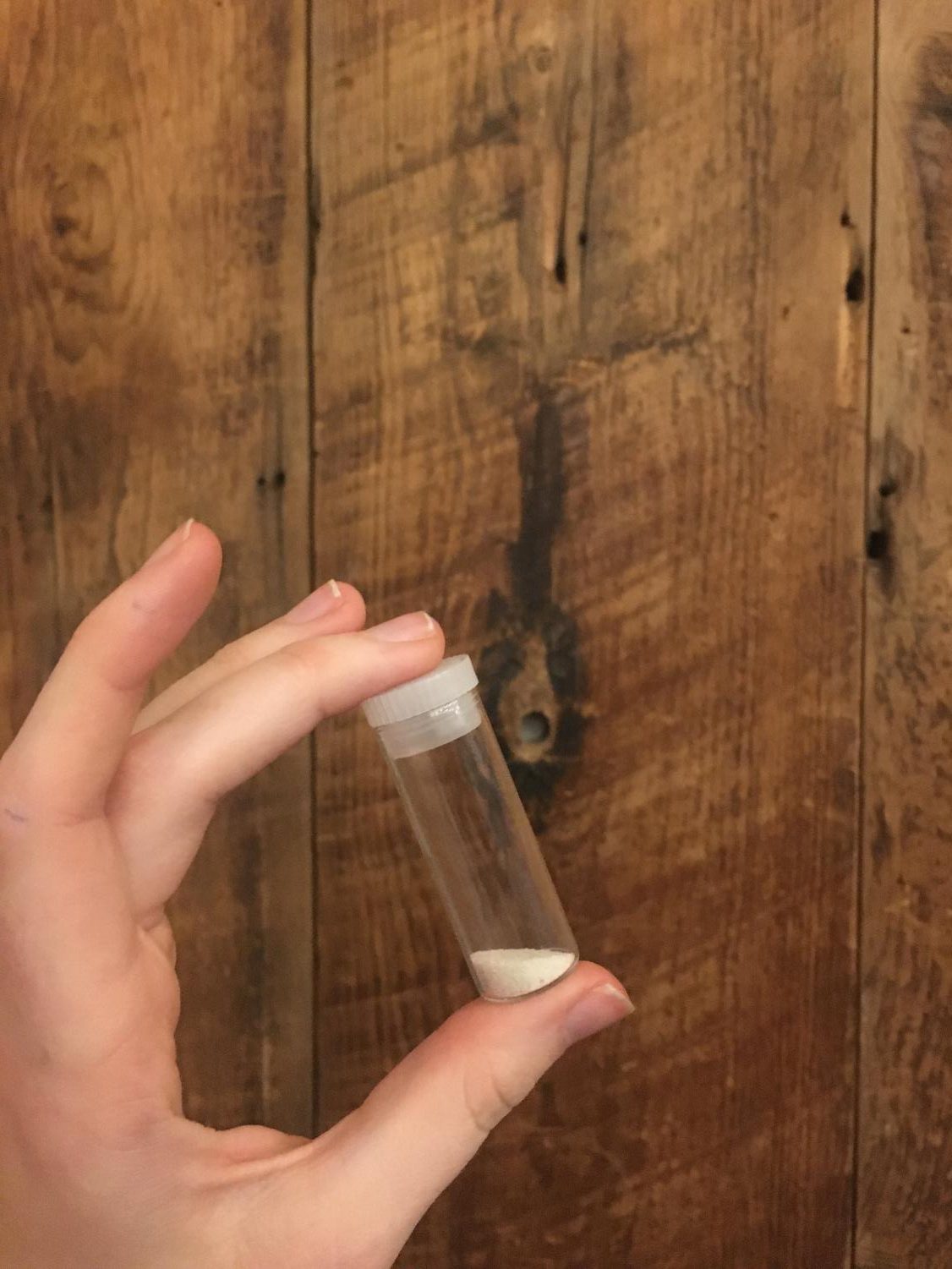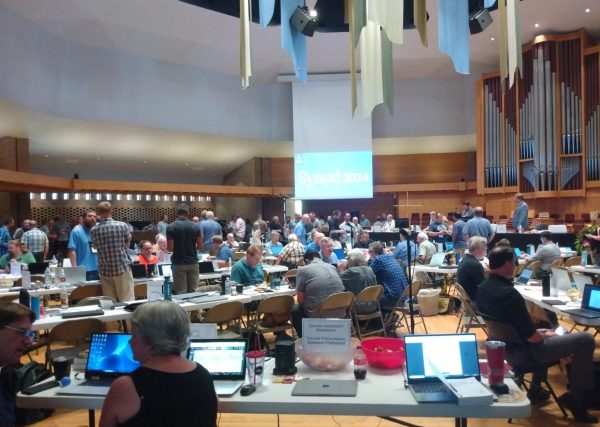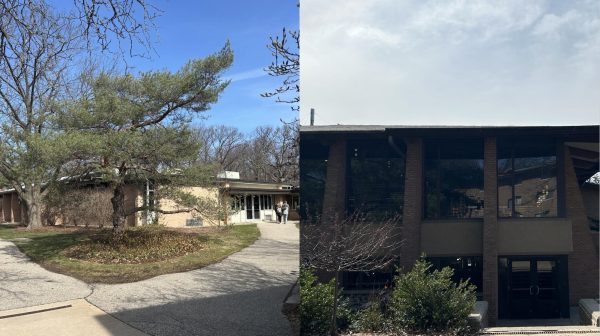Grand Rapids launches public health campaign to combat lead poisoning
The City of Grand Rapids and Kent County kicked off an educational campaign on Monday about the dangers of lead in dust, paint chips and soil that can cause lead poisoning. According to “Get the Lead Out!” “lead is most harmful to children, especially those younger than 6, because their brains and nervous systems are developing rapidly. Elevated blood lead levels in children can cause issues with growth and development as well as health, learning and behavioral problems.”

The amount of lead it takes in a home to give a child lead poisoning
In a 2018 report, the Kent County Lead Task Force states that the main cause of lead poisoning in children “is lead dust in older homes and the bare soil around them.” The task force also states, “The amount of lead in blood is referred to as blood lead level (BLL). BLL is measured in micrograms of lead per deciliter of blood (μg/dL). In children under age 6, a BLL of five or more is enough to cause neurological damage and learning disabilities.”
The media release issued by the City of Grand Rapids states that “the campaign … specifically targets those at greatest risk of lead exposure — Medicaid-enrolled families living in the 49507, 49504 and 49503 ZIP codes.” These ZIP codes “accounted for two-thirds of Kent County’s lead-poisoned children in 2016,” says the task force. The report continues, “lead poisoning happens most often among low-income children living in older homes, especially poorly-maintained or rental units.”
Dr. Gail Gunst Heffner, Calvin’s director of community engagement and board member of Healthy Homes Coalition of West Michigan, explains that there is no law mandating landlords to check or rid the house of lead. Heffner goes on, saying, “renters don’t have any way of knowing that if the house they are moving into or the apartment they are going to be moving into is contaminated with lead… and that’s why there’s this disparity. It’s an economic disparity; it’s also a racial disparity because people of color are often more low-income than white people are and so it contributes problems.”

Image from the City of Grand Rapids media campaign.
“10 Policies to Prevent and Respond to Childhood Lead Exposure” by the Pew Charitable Trust, Health Impact Project and Robert Wood Johnson Foundation states, “African-American children’s average blood lead levels were well above those of non-Hispanic white and Mexican-American children. Although the survey did not control for social and economic factors, other studies have shown that race and ethnicity are associated with elevated blood lead levels in children regardless of family income.”
Families concerned elevated BLL can visit the city’s new “interactive website” DontPlayAround.org and its self-assessment website app. These resources allow “users to identify possible lead risks in their home… both in English and Spanish” according to the City of Grand Rapids. After taking the quiz on the website, community members can also receive recommendations on how to prevent lead poisoning if they are living in lead-contaminated homes. To learn more about ways to prevent lead poisoning, visit the Center for Disease Control and Prevention website.






